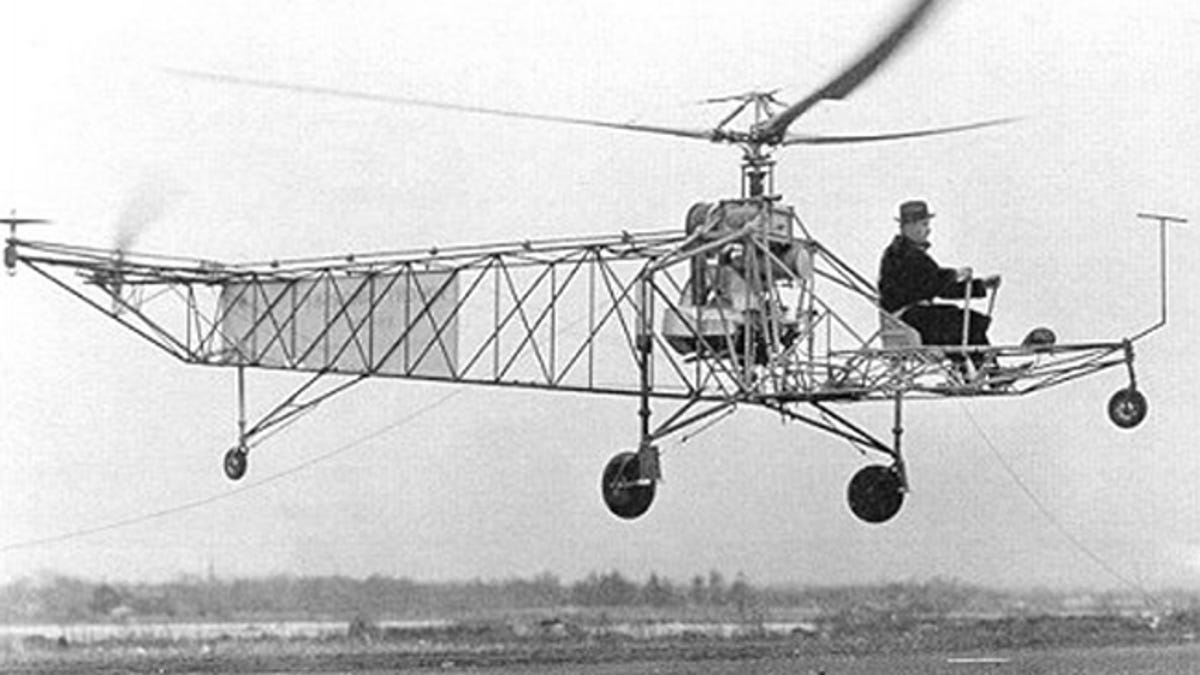air force helicopters
aircraft
aircraft carrier
aircraft nerds
aviation
aviation nerd
choppers
flight control
heli
helicopters
history of helicopters
hover
hovering
navy
sar
throttle
How Helicopters Hover in the air?
HOW DO HELICOPTERS HOVER
“Aviation is the proof that given the will , We have the capacity to achieve the impossible” -Eddie RickenBacker
Photo: SAC Faye Storer/MOD
A few decades ago , if someone would have said that Man can fly , no one would have believed him. But on December 17 , 1903 , the Wright Brothers proved everyone that indeed man can achieved the impossible. After years of technological advancements, man was able to build such aircraft called Helicopters that can takeoff and land vertically on any surface and can also remain stationary in air!
A Brief History About Helicopters :
 |
| Olden day Helicopter |
 |
| Hovering |
Helicopter Flight Controls :
 |
| Flight Controls |
1. Cyclic
2. Collective
3. Throttle
4. Rudder Pedals
Cyclic :
A Cyclic is a stick which is used to manage the pitch of the aircraft. It allows the pilot to fly the aircraft in any direction (forward,backward,left,right). The rotor tilts in the same direction the cyclic is moved.Collective :
The collective is a lever which is used to make simultaneous changes to the pitch angle. When the lever is raised, there is an equal increase in pitch angle of all rotor blades. When it is lowered , there is an equal decrease in pitch angle of all rotor blades.Throttle :
The function of throttle is to manage the engine RPM. Unlike the throttle in a fixed wing aircraft , the one in a helicopter is designed to work like a motorcycle throttle. Twisting action to the left increases the RPM and the the right decreases the RPM.Rudder Pedals :
Rudder pedals or “anti-torque pedals” allow the pilots to control the pitch angle of the tail rotor. They are called “anti-torque” because they help to compensate the torque generated due to Newton’s Third Law of Motion. |
| Physics behind Hovering |
In a fixed wing aircraft, the forward motion of the aircraft creates airflow over the wings, which results in generating lift. In helicopters, the rotating rotor blades itself generate airflow over the blades. But the rotation of the blades causes a torque to act on the helicopter, which is balanced by the tail rotor of the helicopters.
How Helicopters manage to remain stationary in Air?
 |
| Hovering |
To hover, a helicopter must balance out all the forces which are acting against it. For doing this , the helicopter :
- must produce lift perpendicular the rotor planes and which is equal to the force of gravity or weight.
- must produce drag which is opposite to the thrust of the helicopter.
When all the opposing forces are in balance, the helicopter remains stationary in air.
Photo Credits :
1. Wikimedia Commons
2. Kinja
1. Wikimedia Commons
2. Kinja
3. Royal Air Force , Ministry of Defence






